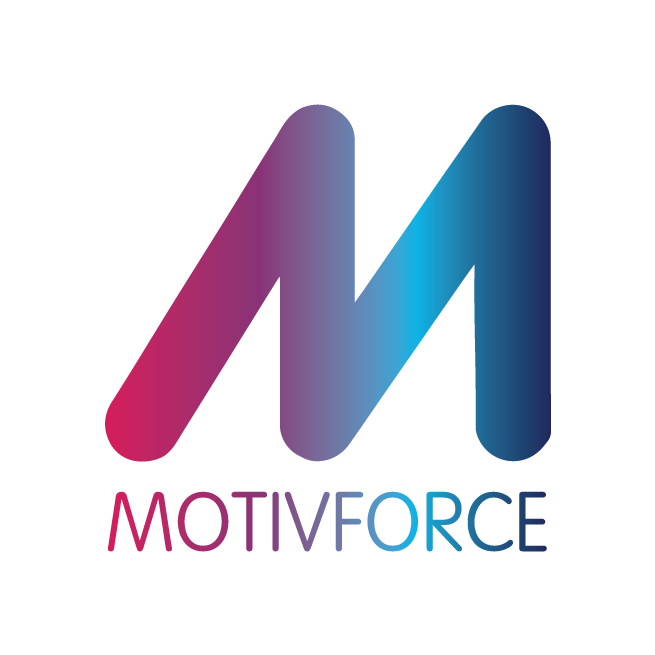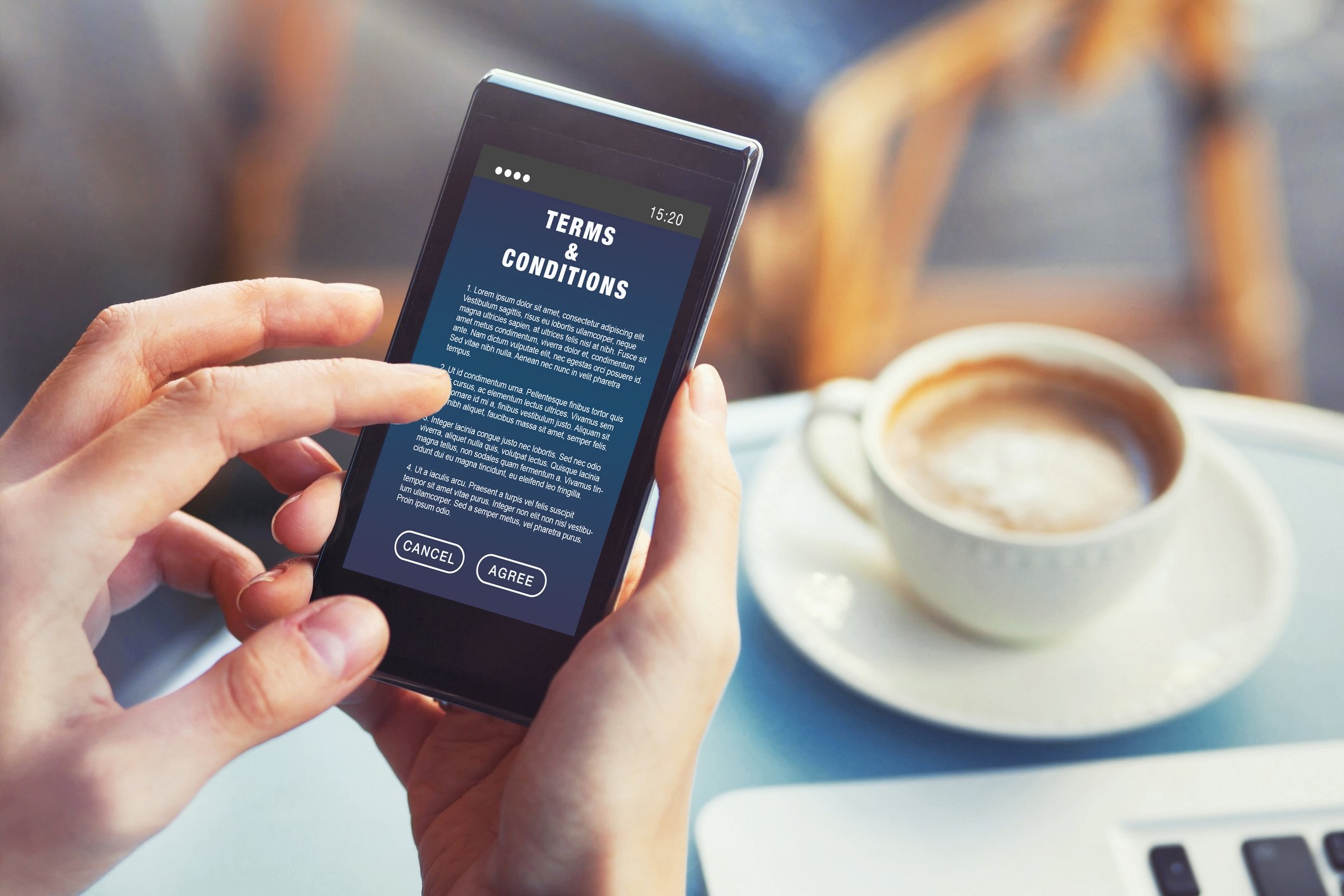Our Top 10 B2B Loyalty Marketing Trends for 2016 - Revisited
Our Top 10 b2b loyalty marketing trends for 2016 - revisited
In January 2016 we predicted the top 10 trends that B2B loyalty marketing would witness during the course of the year. But did we get it right? As 2016 draws to a close, let’s take a look….
1. Social Loyalty
We said that 2016 would be the year when Social Loyalty and particularly the ‘social badging’ phenomenon would take off. We certainly saw a huge increase in the number of participants in our clients’ B2B loyalty programs, such as IBM’s KYI and Lenovo’s LEAP program being awarded ‘badges’ (digital emblems) for achieving certain levels of skills development and certification, which participants can display on their personal social media profiles. Our blog piece Loyalty goes Social provides further information.
2. Gamification
We definitely saw increased use of gamification techniques to encourage e-learning, achieve higher levels of engagement, increase knowledge retention, and drive a more compelling experience for participants. Our B2B loyal marketing programs responded well to digital games due to imaginative design, the closed nature of the audience and access to detailed analytics which enabled us to manage effectiveness precisely. One particularly successful campaign was the IBM Spectrum Storage SDS Soccer 6 Campaign that we deployed which infused gamification and e-learning modules. The focus was to generate more module completions amongst participants as well as increasing learning efficacy. This particular campaign resulted in the SDS e-learning track becoming the most successful module series in 2016 – over 27,000 modules were completed in total. Our blog article on gamification provides further reading.
3. Coalition programs
We were spot on with this prediction that more coalition partners would get involved in sponsoring channel loyalty programs. ‘Double dipping’ has been common in consumer loyalty programs for years (e.g. pay for a flight on your credit card and get points for the purchase and the miles flown). Over the last year we have seen more of this type of ‘double-dipping’ opportunity in our B2B programs, whereby vendors bundle complementary products and award more points to participants for selling or completing educational modules. Within the Lenovo LEAP program for example, Lenovo joined forces with Intel, Brocade, Red Hat and QLogic to co-market servers, processors and network solutions.
4. The fusion of enablement and learning with sales incentives
The combination of Learn & Earn with Sell & Earn was still key to the success of our B2B loyalty programs in 2016. The ‘Learn & Earn’ component provides incentives and rewards for online educational behaviour, completing quick learn modules, skills courses and certification via a bespoke client program portal. ‘Sell & Earn’ enables participants to claim sales of specific products and services via the same portal. Our research amongst program participants shows a high correlation between education level (measured by successful course completions of sales skills simulator assessments) and sales efficacy. Our 3 recent blogs (1, 2, & 3) on various enablement elements provide further reading on this topic.
5. Bigger print budgets
The loyalty market is crowded with email and digital communications to program members, meaning it is increasingly hard to achieve cut through – some of our clients did start to look at investing more money in print and tangible items, but then put the brakes on, so this trend didn’t progress in the way we expected.
6. Greater use of Big Data and predictive analytics
In 2016 we continued to take a big step in using Big Data and predictive analytics. We have seen this applied to further segment program participants and predict participant engagement. Our blogs on using big data to determine ideal team players and team success and well as using big data to drive engagement provides further reading on this topic.
7. Loyalty Program member empowerment
We continued to see a shift towards participant’s using their hard-earned points as assets that can be invested back into their business and employee development – for example, investing points in certification training.
8. The power of program member reviews and reviewers
We live and learn in a ‘referral economy’, leaving reviews on websites for products that we have purchased, or hotels we have stayed at. We predicted an increase in this type of sharing in the B2B loyalty space, writing online reviews of course modules for example for the benefit of other channel resellers. This trend didn’t take off quite as rapidly as we thought and is still in the embryonic stage, but watch this space in 2017.
9. Text-mining tools
With the rise of social loyalty and the infusion of social media into loyalty programs, clients are facing huge amounts of unstructured, textual data – for example chat rooms, forum discussions and member reviews. Text analytics is the key to uncovering information that is ‘hidden’ in the type of language content to support business decision-making. We did see the emergence of text-mining tools, but only on an ad-hoc basis. Once again, watch this space for 2017.
10. B2B Loyalty Programs are finally becoming ‘glocal’
B2B loyalty programs are expanding into new regional emerging markets in South America and Asia, as well as new channels, such as online and mobile apps. This means that the reach and depth of program engagement is becoming not just truly global, but also more local. Many programs that we operated in 2016 used a global infrastructure, but created customised versions in local regions to reflect the local business dynamics, cultural considerations and legal requirements. So yes, we got this one right – programs are became more ‘glocal’.
Our 2017 Top 10 loyalty predictions are here:














Transform B2B loyalty with tiny habits. Discover the "Atomic Loyalty" approach for lasting relationships.